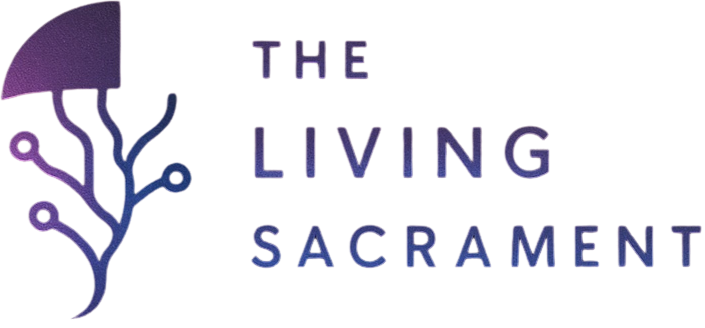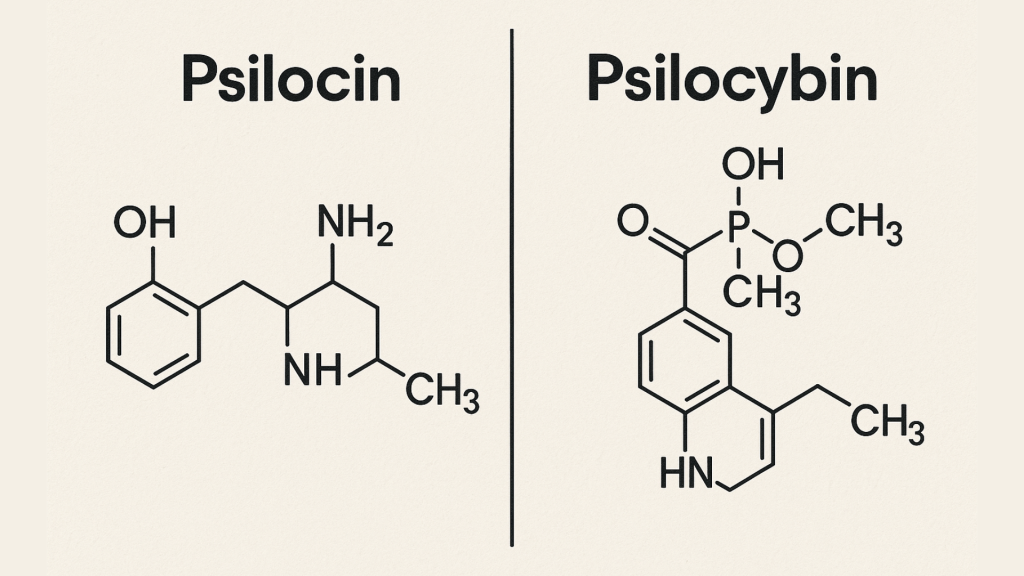Magic mushrooms are famous for containing psilocybin, but psilocybin itself is not what directly creates the psychedelic effects. The true active compound is psilocin. Psilocin is the molecule that interacts with the brain, shaping mood, perception, and thought. Understanding psilocin, and how it differs from psilocybin, helps explain why shrooms work the way they do.
What Psilocin Is
It is a naturally occurring chemical in psychedelic mushrooms. It belongs to the tryptamine family, which also includes serotonin. When ingested, psilocybin is quickly converted into psilocin in the body. The compound then binds to serotonin receptors, especially the 5-HT2A receptor, producing the characteristic changes in perception and consciousness.
Psilocin is less stable than psilocybin. It breaks down more quickly when exposed to heat, light, or oxygen. This is one reason dried mushrooms lose potency over time and why psilocybin is often used in research rather than psilocin. Psilocybin stores better, but psilocin is the compound that actually drives the psychedelic experience.
How Psilocin Works
After ingestion, the compound enters the bloodstream and crosses into the brain. Once there, it activates serotonin receptors in regions that manage mood, memory, and perception. Brain imaging studies show that it increases communication between networks that normally stay separate. This temporary rewiring may explain feelings of openness, emotional release, and deep insight that people often report.
The effects of psilocin begin about 20 to 40 minutes after ingestion. They usually peak within one to two hours and taper off after four to six hours. The duration depends on dose, metabolism, and the form in which mushrooms are consumed.
Psilocin vs. Psilocybin
Although the two compounds are closely related, they play different roles:
- Psilocybin is a prodrug. It is inactive until the body converts it into psilocin.
- Psilocin is the active drug. It binds directly to serotonin receptors and causes the effects.
- Psilocybin is more stable. It can be stored, handled, and measured more easily for research and therapy.
- Psilocin is less stable. It degrades quickly when exposed to air or light, which is why mushrooms bruise blue when damaged. The blue bruising is caused by the oxidation.
In short, psilocybin is like the delivery form, while psilocin is the active substance that does the work inside the brain.
Why the Difference Matters
Knowing the difference helps explain why psilocybin is usually chosen for clinical research. Psilocybin capsules can be stored and dosed consistently, while psilocin is harder to stabilize. But once in the body, both substances lead to the same result: the compound in the brain driving the psychedelic experience.
For people who use mushrooms, this means that potency depends not just on psilocybin content, but also on how much psilocin is present and how well it is preserved. Proper storage keeps psilocybin intact, which then converts to psilocin when consumed.
The Clear Answer
So, what’s psilocin? It is the active psychedelic compound in magic mushrooms. It is formed when psilocybin is converted in the body and is responsible for the altered perceptions, mood shifts, and insights shrooms are known for. Psilocybin acts as a prodrug, stable and easy to handle, while psilocin is unstable but directly active in the brain.
Final Thoughts
It is at the heart of the magic mushroom experience. It is the link between a natural mushroom and a profound shift in consciousness. While psilocybin often gets the spotlight, psilocin is the true driver of the psychedelic journey. Understanding it not only explains how shrooms work but also why they hold so much interest in science and therapy today.
References
- Dolder PC, et al. Clinical Pharmacokinetics of Psilocin After Psilocybin Administration. Clin Pharmacokinet. 2024.
- Brown R, et al. Pharmacokinetics of Psilocybin: A Systematic Review. Pharmaceutics. 2023.
- Psychedelic Standards. Psilocin vs Psilocybin. 2024.
Read Our Other Articles

